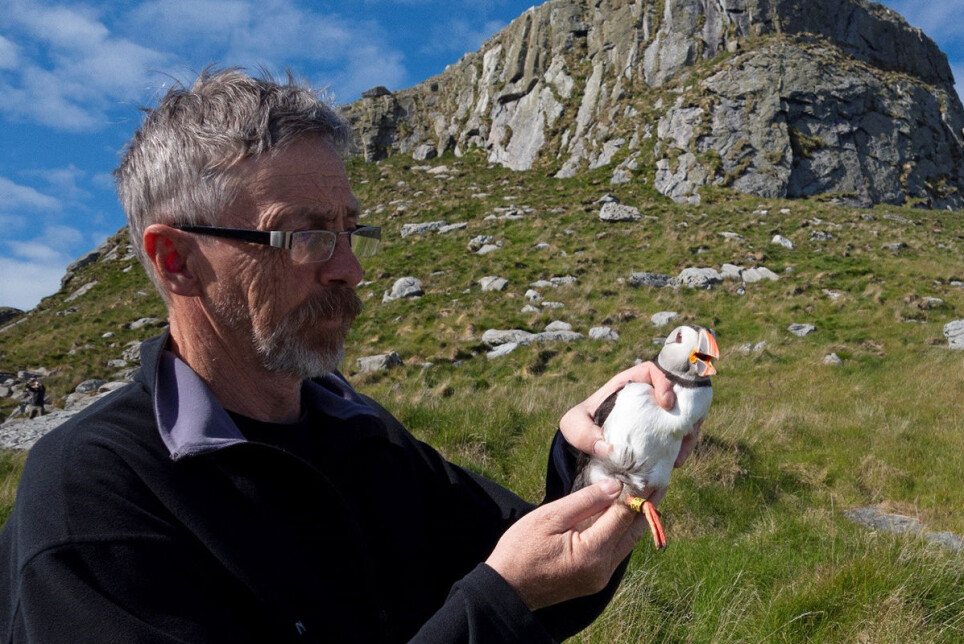THIS ARTICLE/PRESS RELEASE IS PAID FOR AND PRESENTED BY the Norwegian polar institute - READ MORE

Whole-genome analyses disclose Atlantic puffin population structure
Understanding the factors underlying gene flow and genomic population structure in declining seabird populations is vital. A recent study of Atlantic puffins provides important knowledge about the genetic structure of the species and shows that several ecological factors impede gene flow over different spatial scales.
As many seabird species are declining worldwide, a fundamental step towards an optimal conservation is to identify distinct population units, ie. demographically independent populations with restricted gene flow between them.
Atlantic puffins (Fratercula arctica) have long been classified into three taxonomic groups along a latitudinal gradient based on size; the smallest (F. a. grabae) breeding in France, Britain, Ireland and southern Norway, the intermediate (F. a. arctica) in Norway, Iceland and Canada and the largest (F. a. naumanni) breeding in the High Arctic, including Spitsbergen, Greenland, and northeastern Canada.
This broad classification has, however, been controversial and has called for robust genetic studies.
A team lead by scientists from the Department of Biosciences, University of Oslo has recently published the first whole-genome study of population structure, gene flow and taxonomy of the Atlantic puffin, based on samples provided by the SEAPOP, SEATRACK and ARCTOX programs.
Four genetic clusters revealed
By analysing samples from 72 puffins in 12 colonies spread across the species’ breeding range in the North Atlantic, the researchers found that Atlantic puffins are genetically divided into at least four groups (genetical clusters) consisting of birds from 1) Spitsbergen, 2) Canada, 3) Scotland and 4) an area including Iceland, the Faroe Islands and Norway, respectively.
This structure is not in accordance with the current morphometric classification of three subspecies. Even though puffins show a very high fidelity to their colony, the four genetic groups cannot be explained by philopatry alone.
Overwintering distribution also seems to play an important role, in addition to natal dispersal and long distances between colonies.
Furthermore, the results could indicate that Bjørnøya is a genetic meeting point for puffins from the High Arctic and the group from Iceland, the Faroes and Norway.
This study provides important insights into the genetic structure of the Atlantic puffin. The results challenge current taxonomic classification of the species and have important implications for conservation management.
Reference:
Oliver Kersten et.al.: Complex population structure of the Atlantic puffin revealed by whole genome analyses. Communications Biology, 2021.

This article/press release is paid for and presented by the Norwegian Polar Institute
This content is created by the Norwegian Polar Institute's communication staff, who use this platform to communicate science and share results from research with the public. The Norwegian Polar Institute is one of 77 owners of ScienceNorway.no. Read more.






